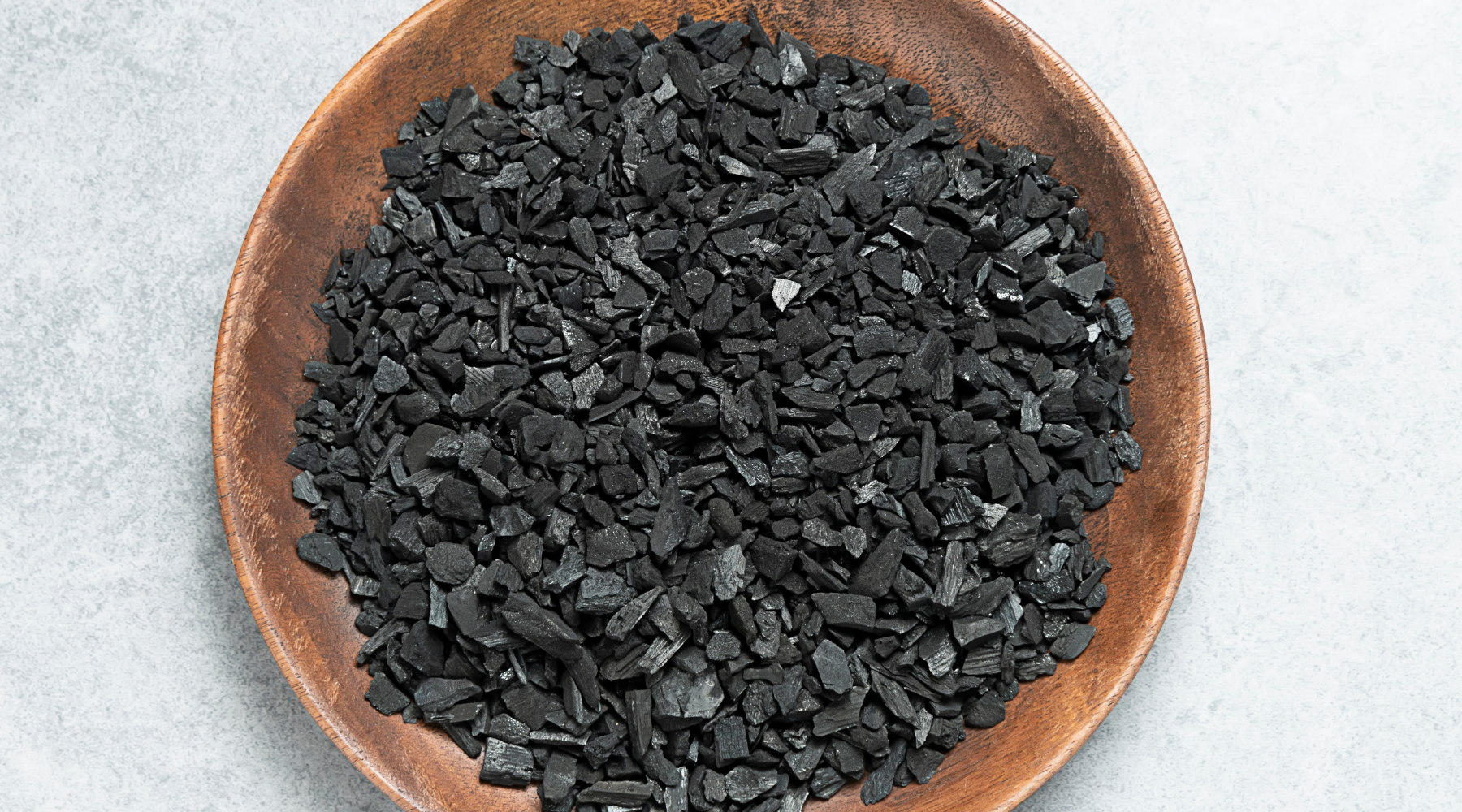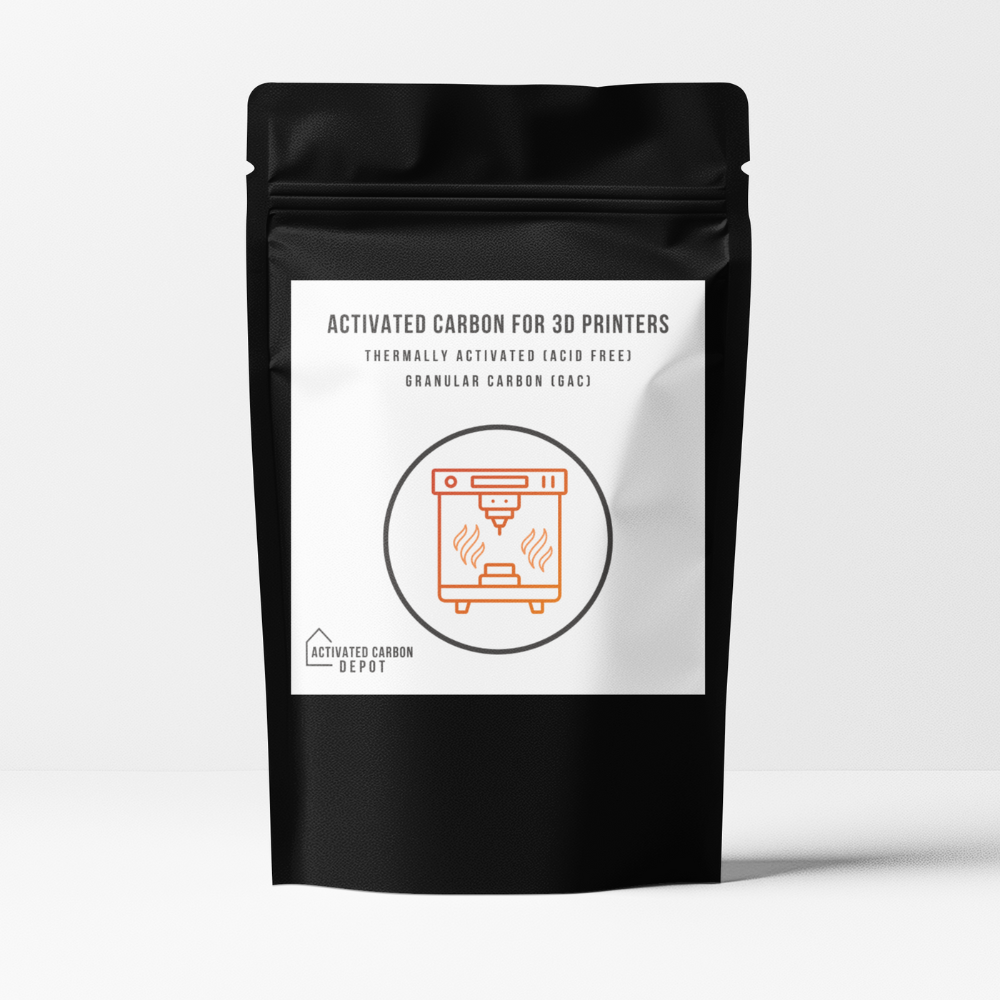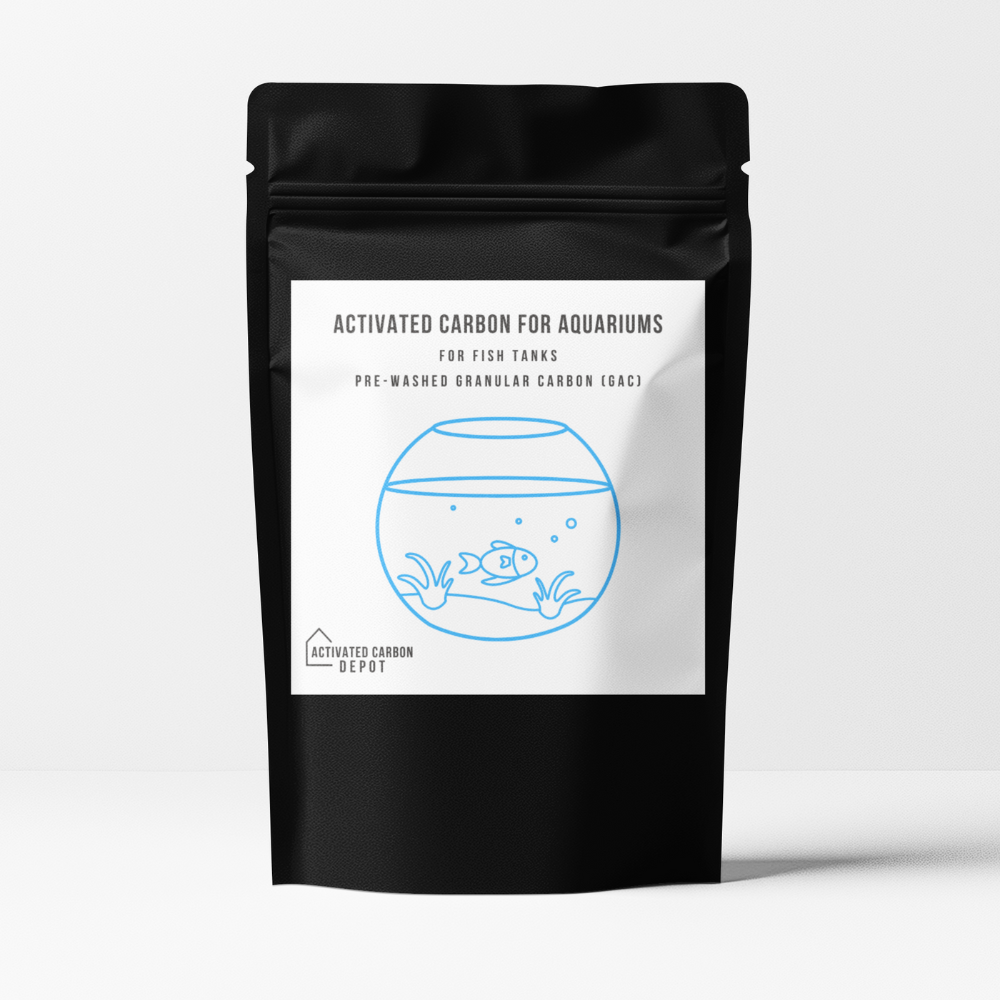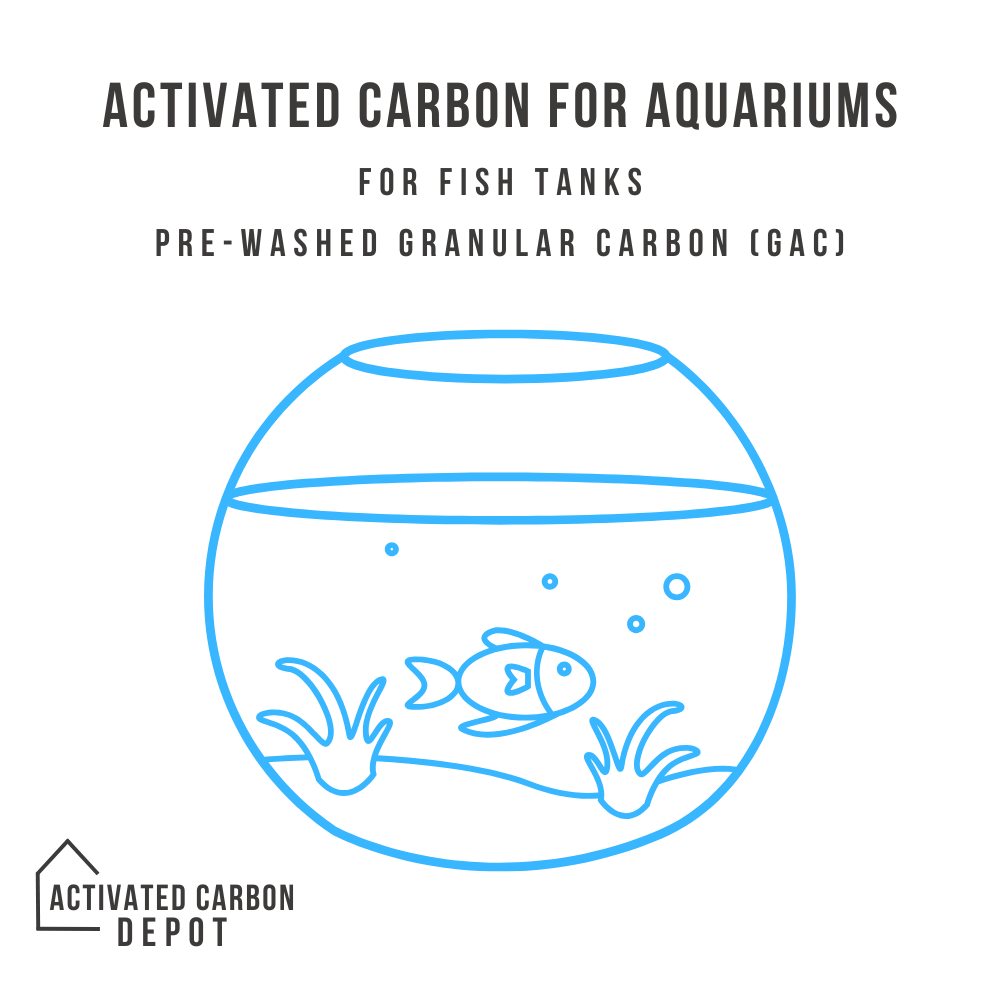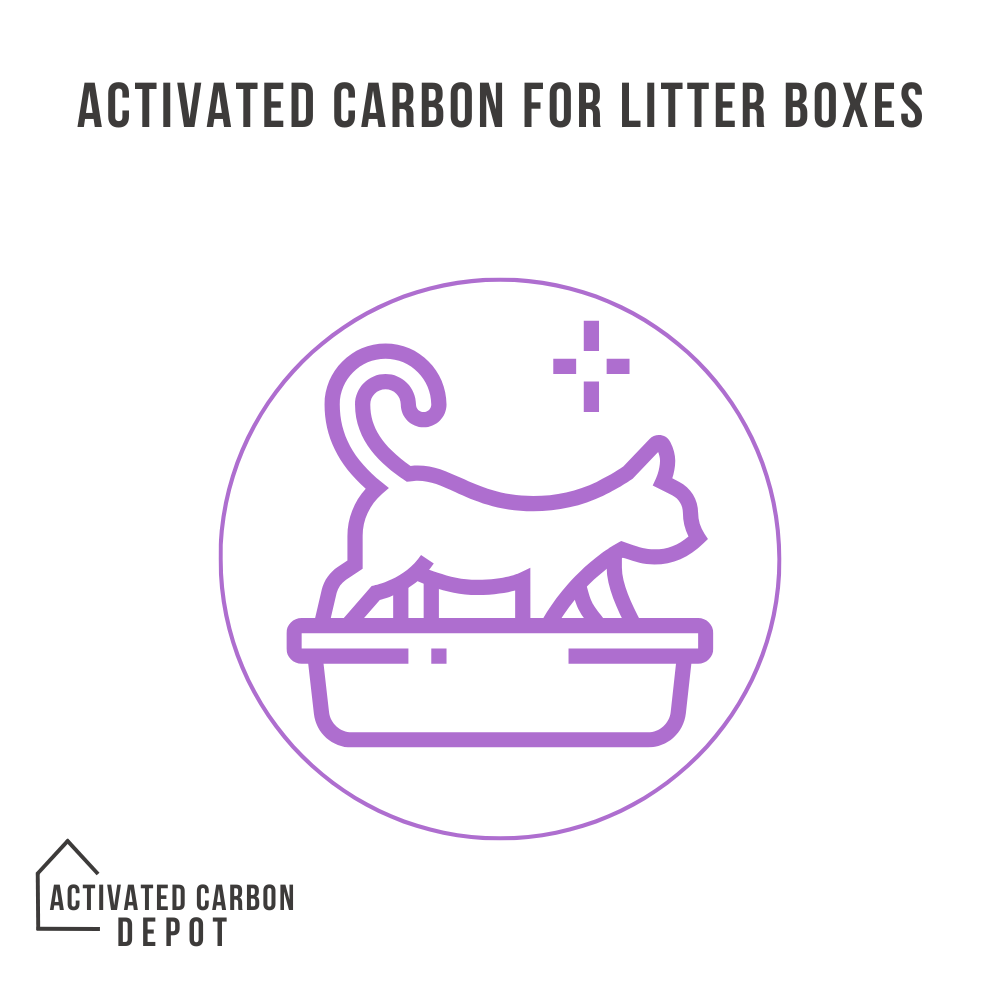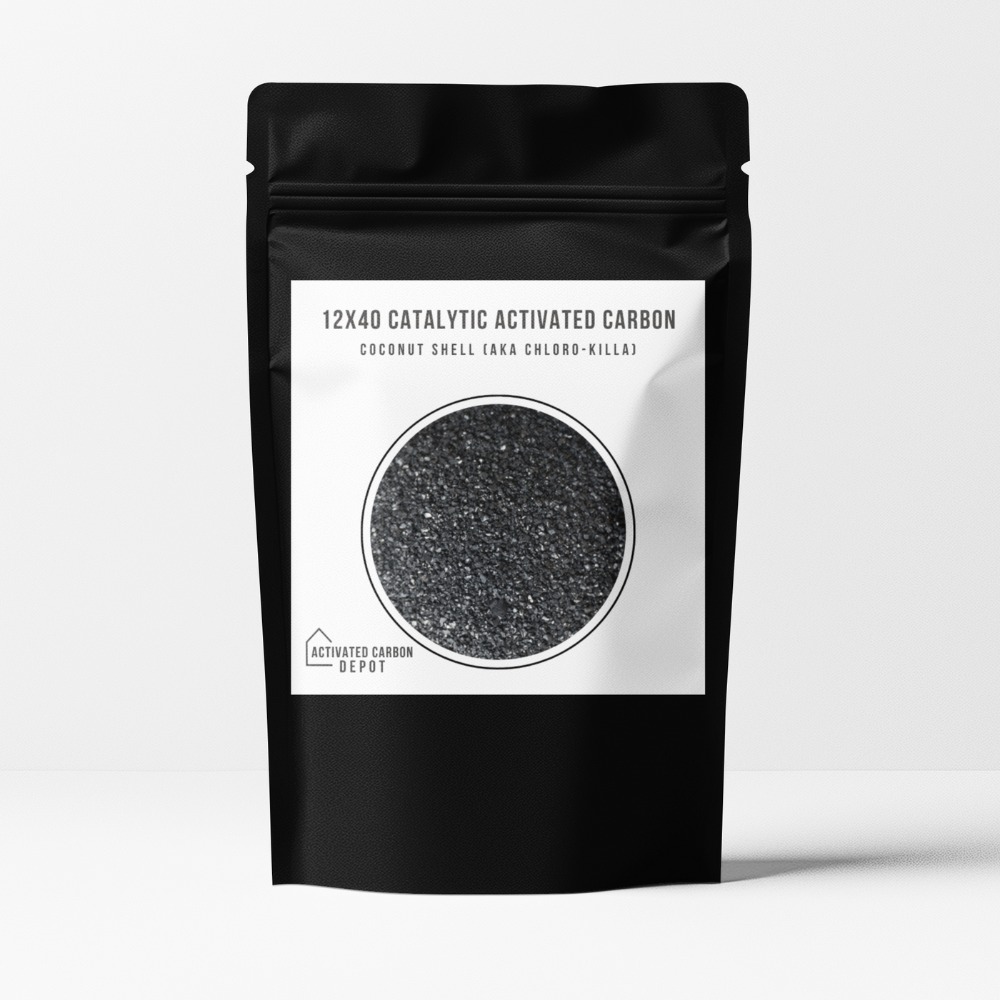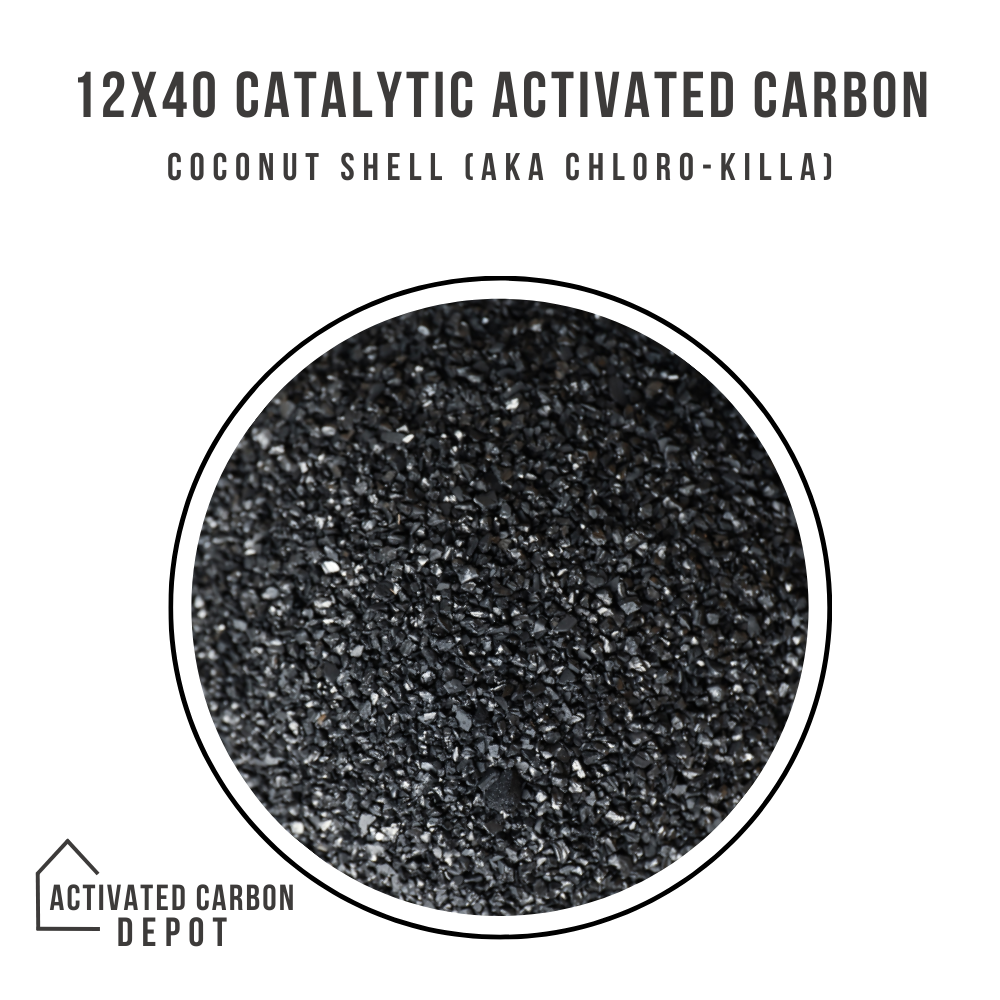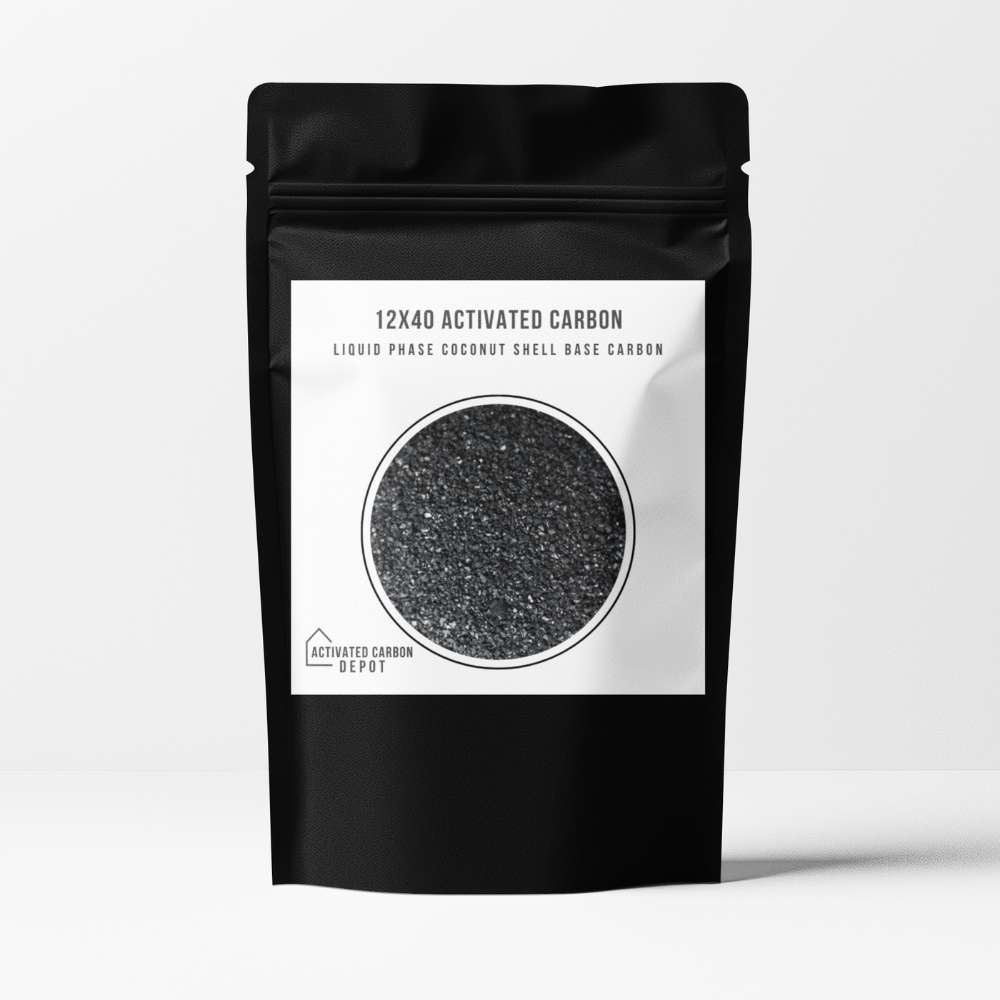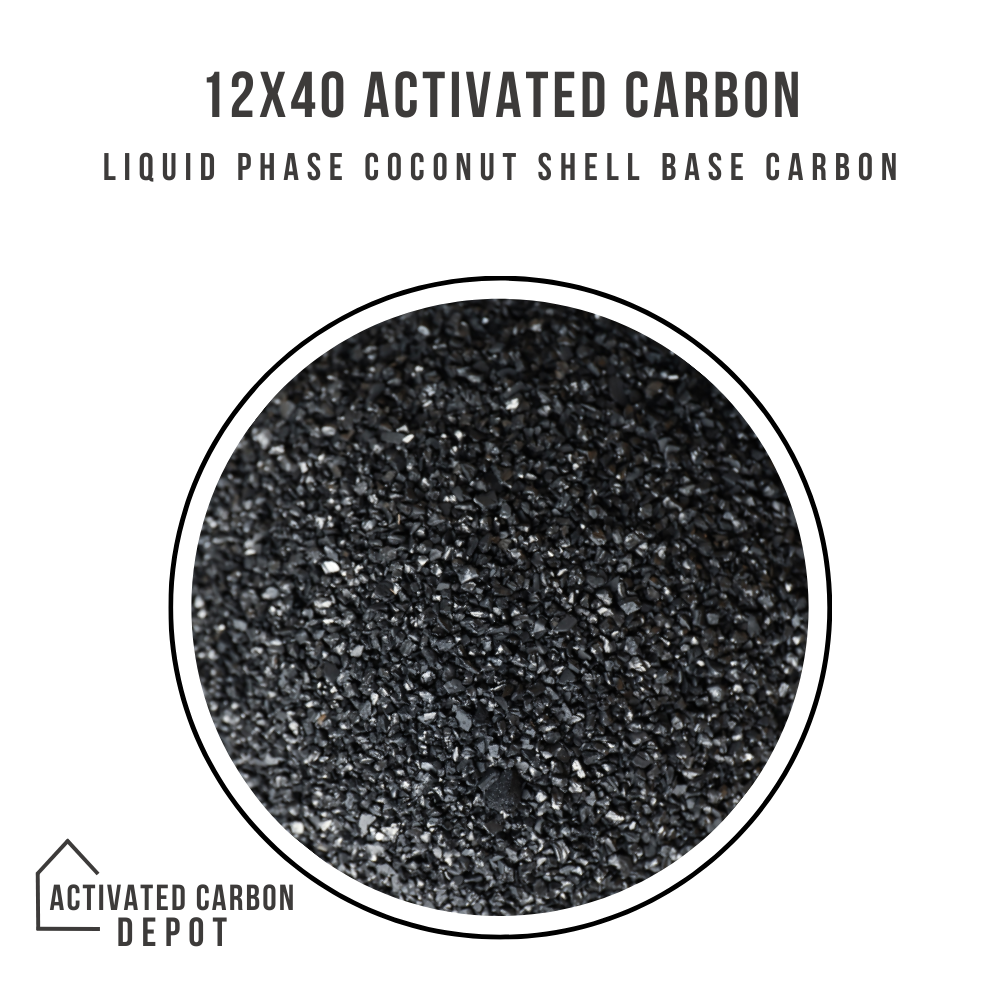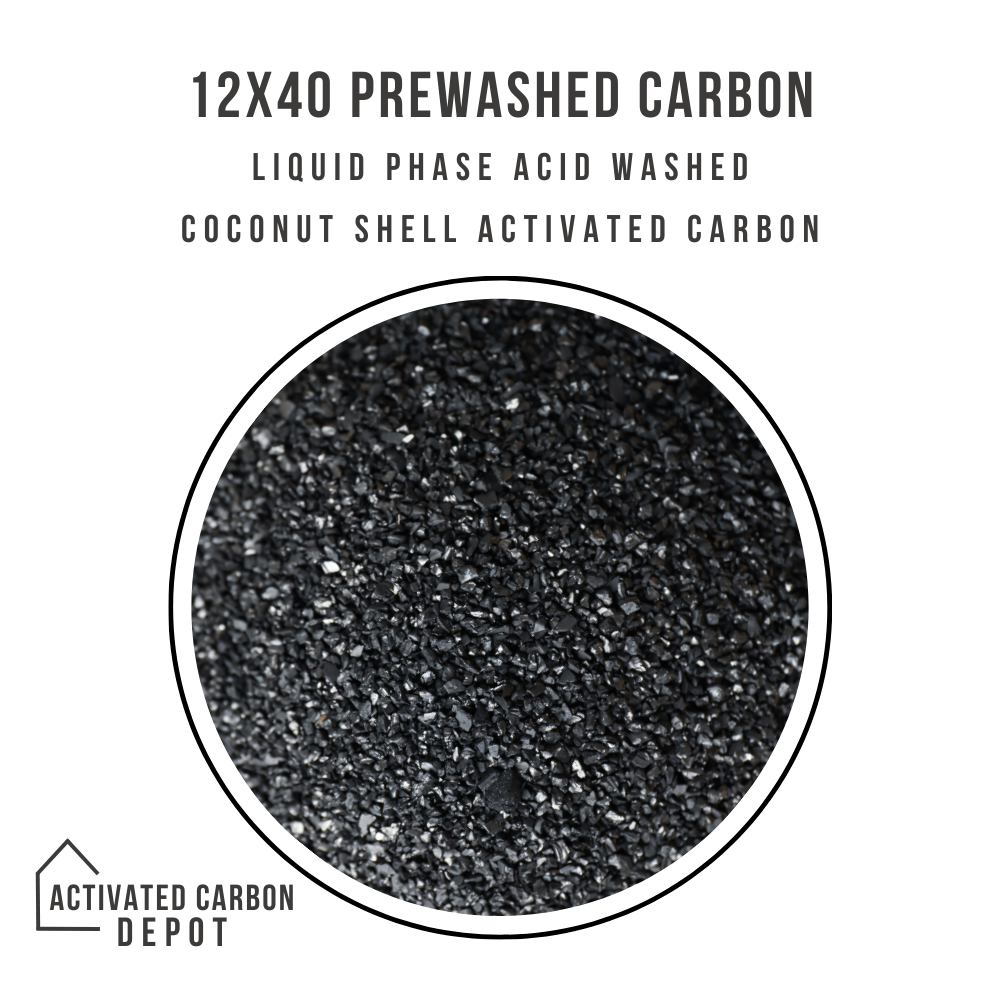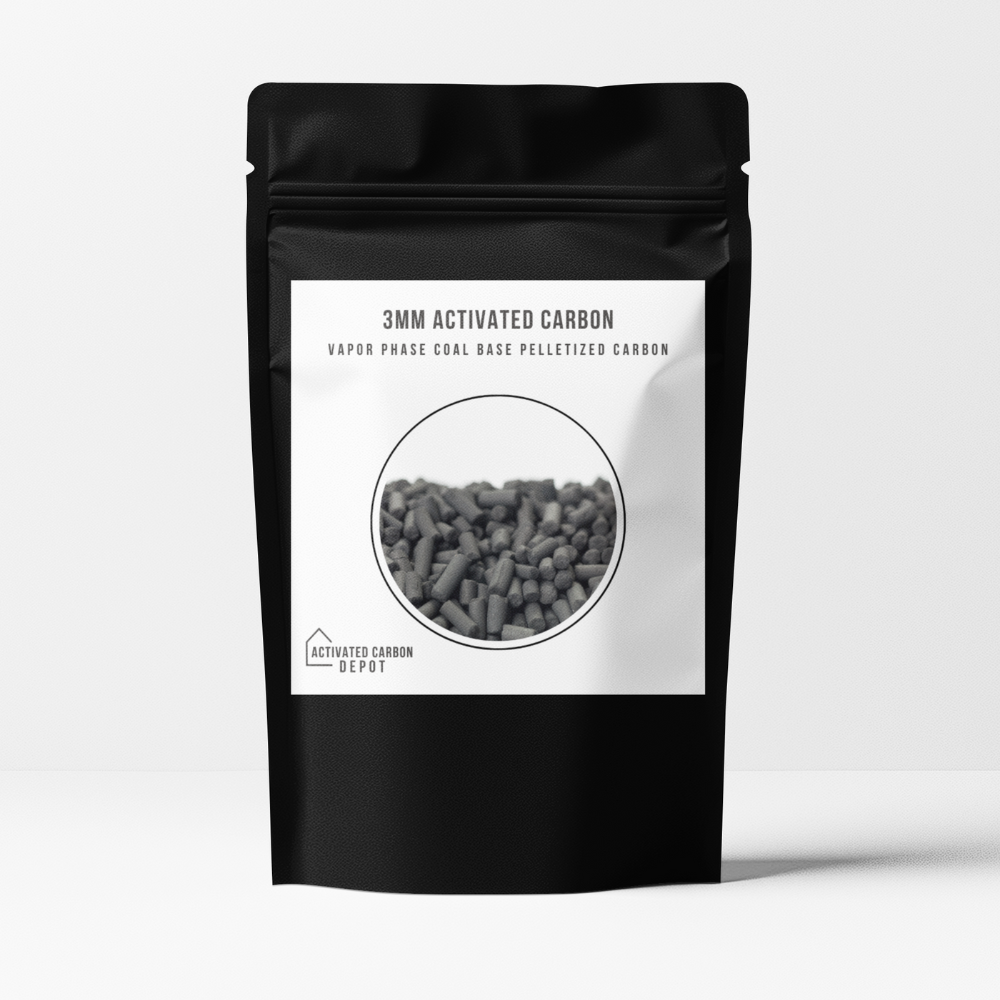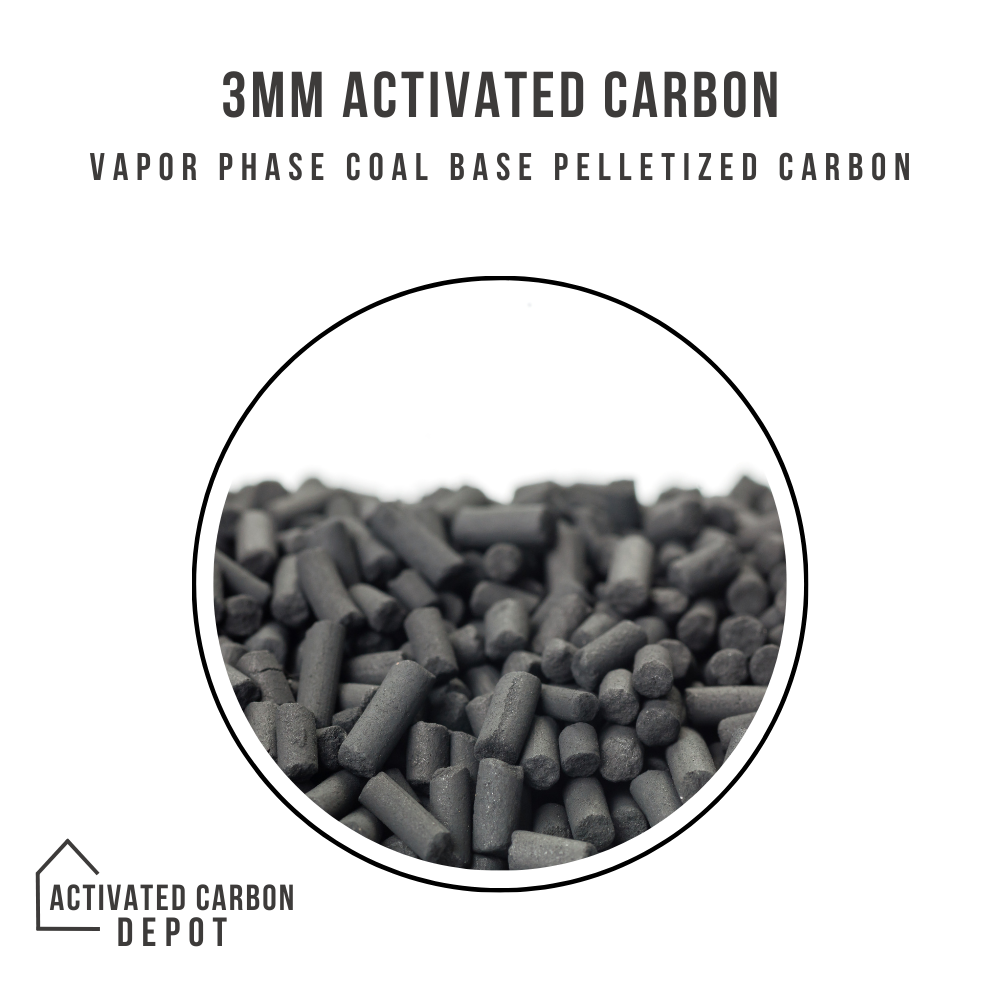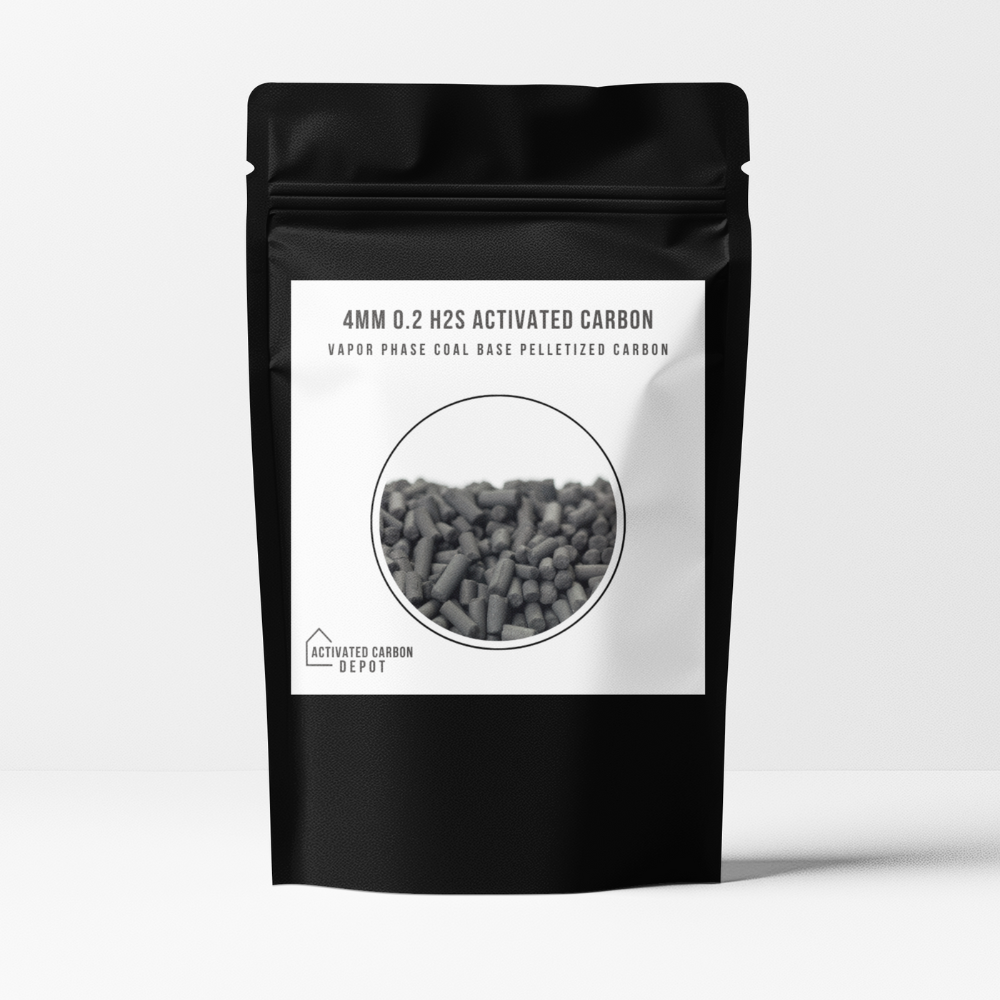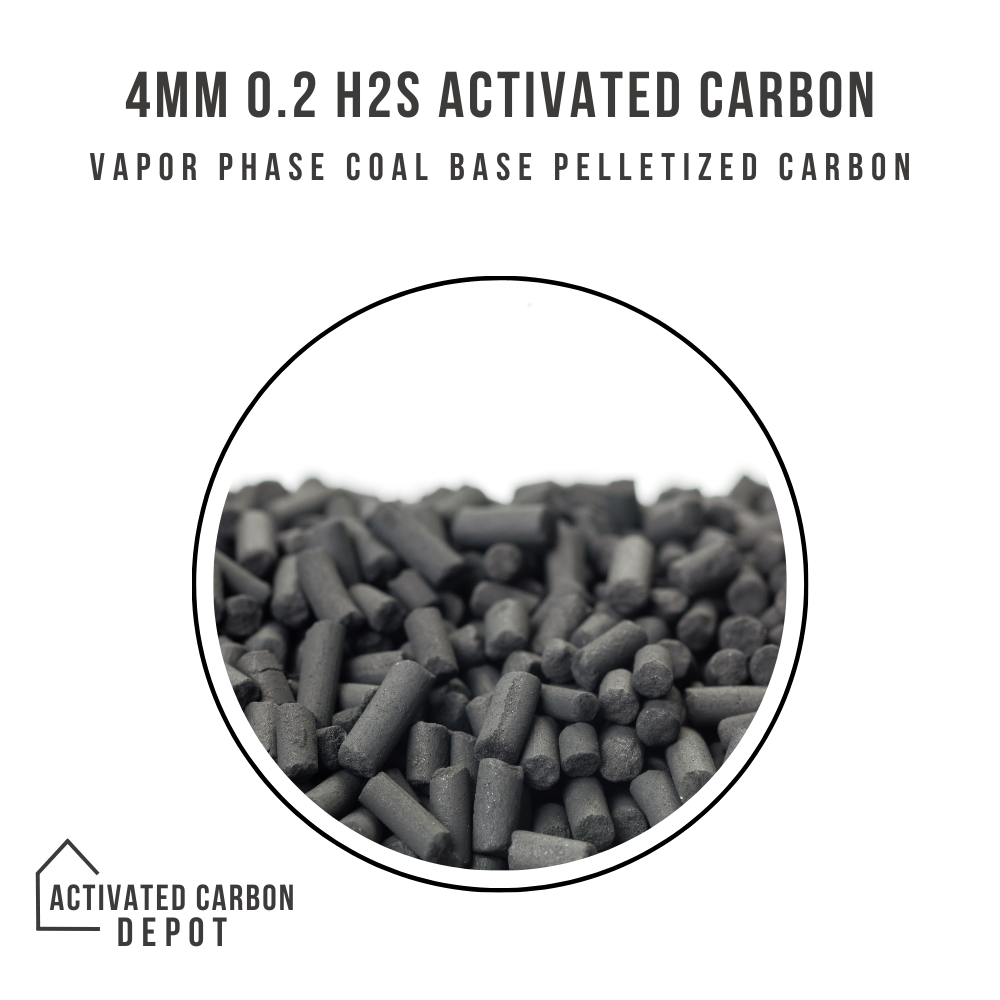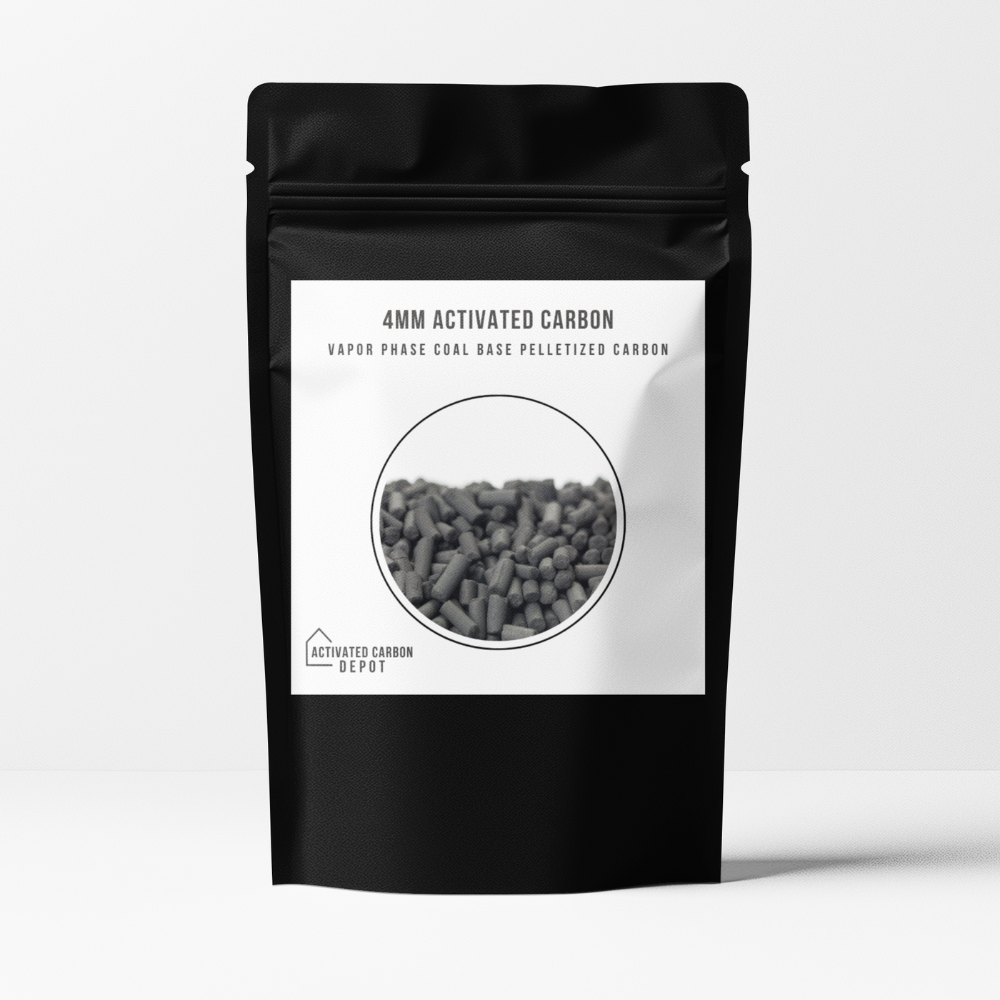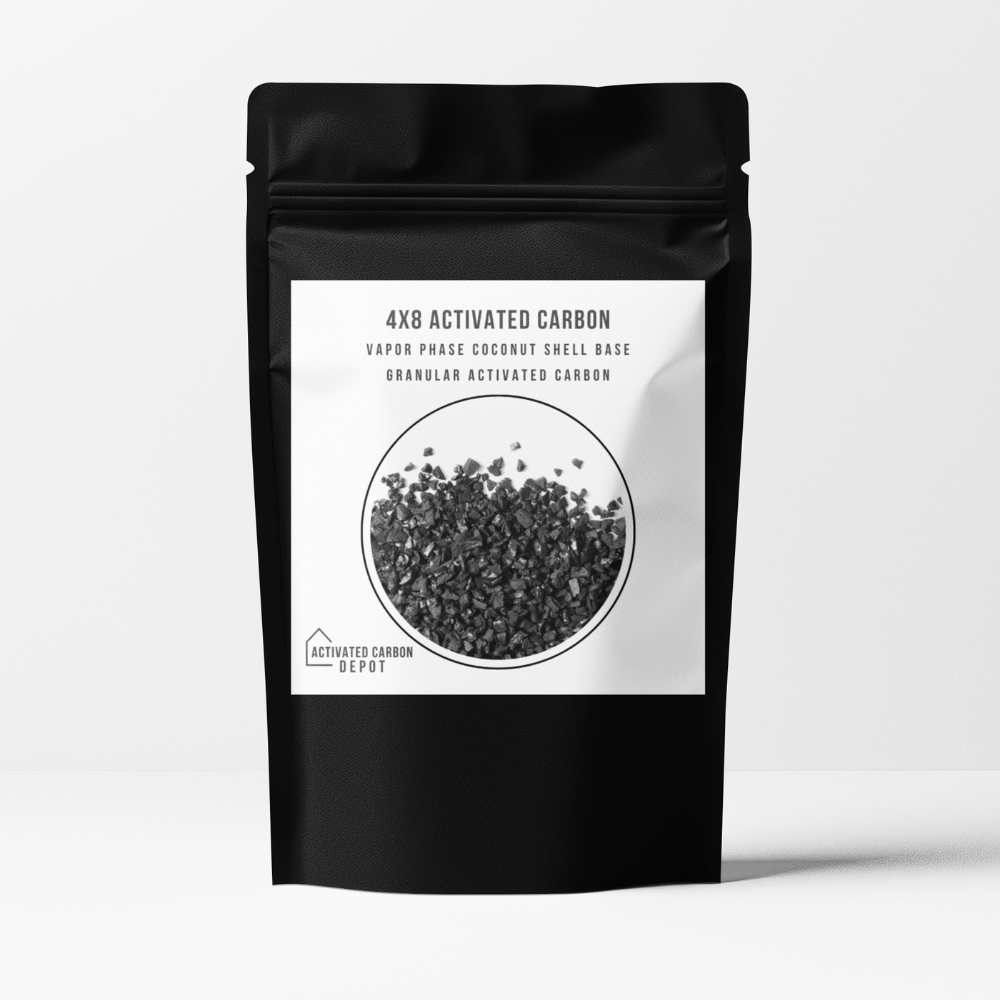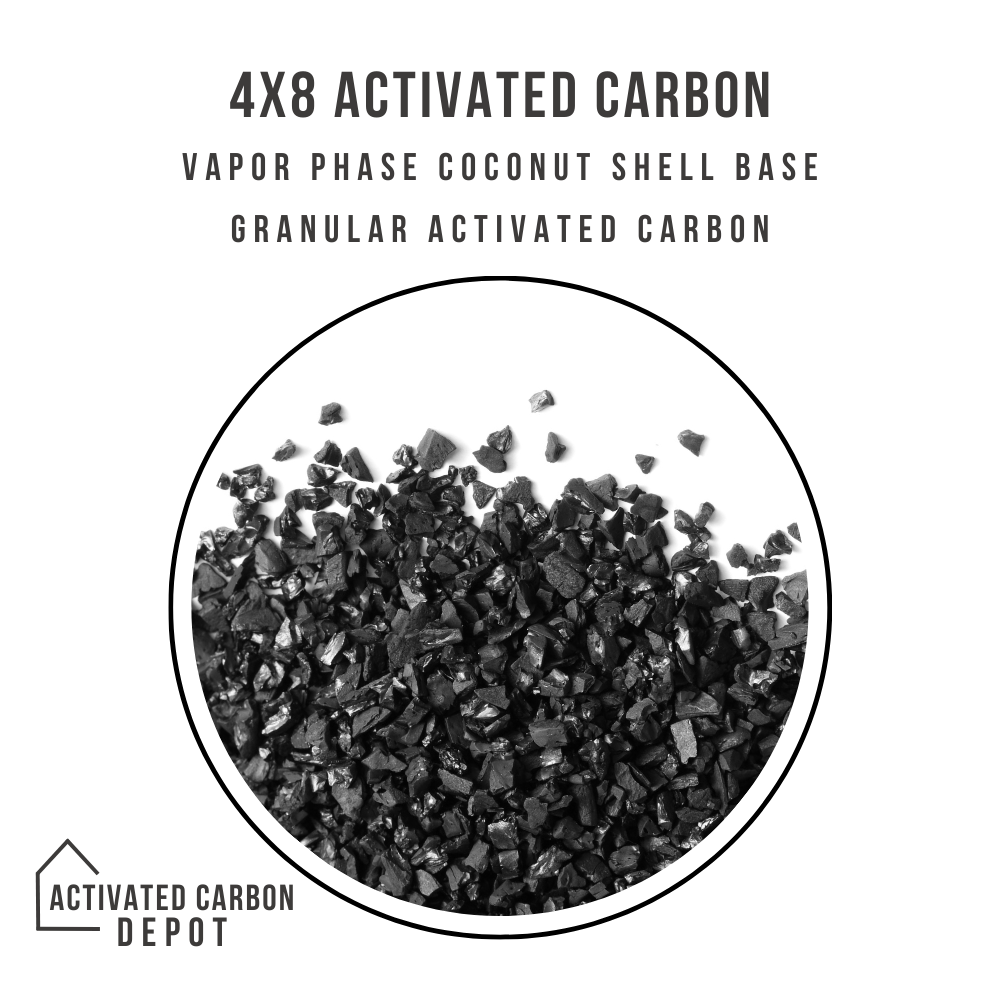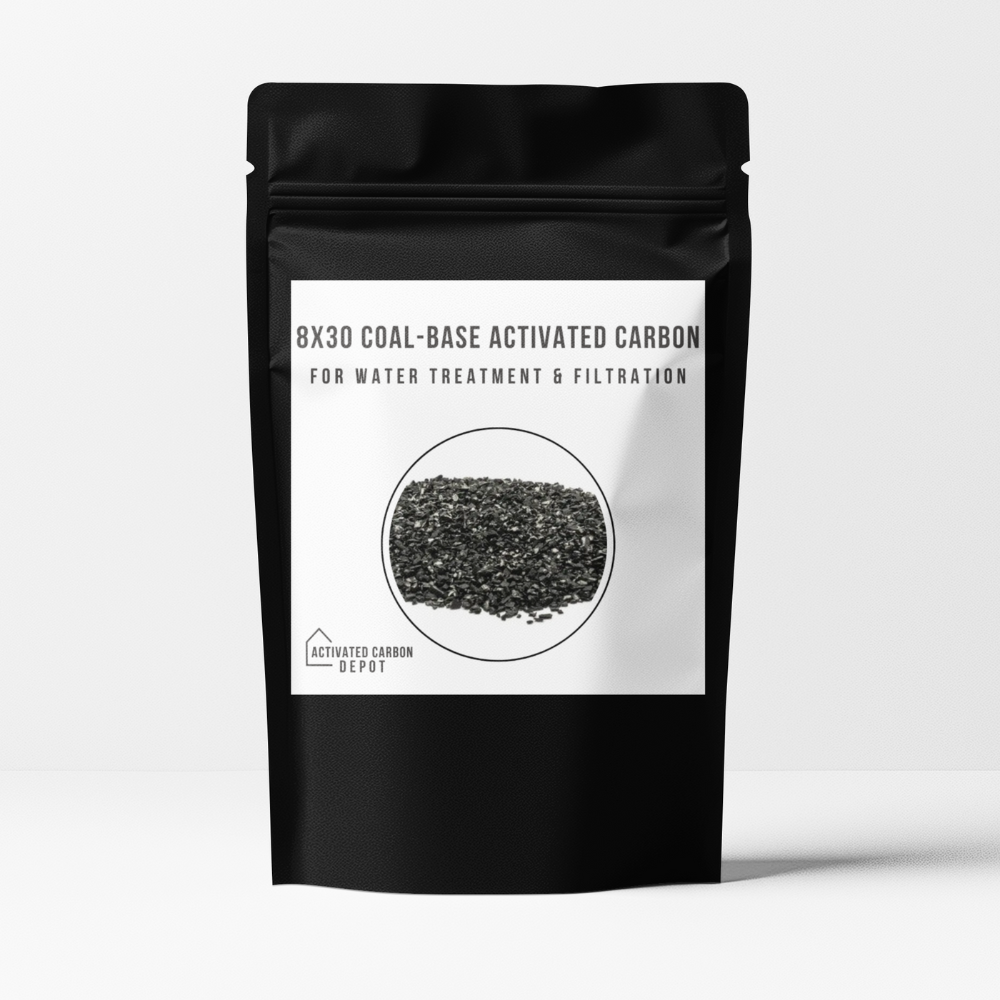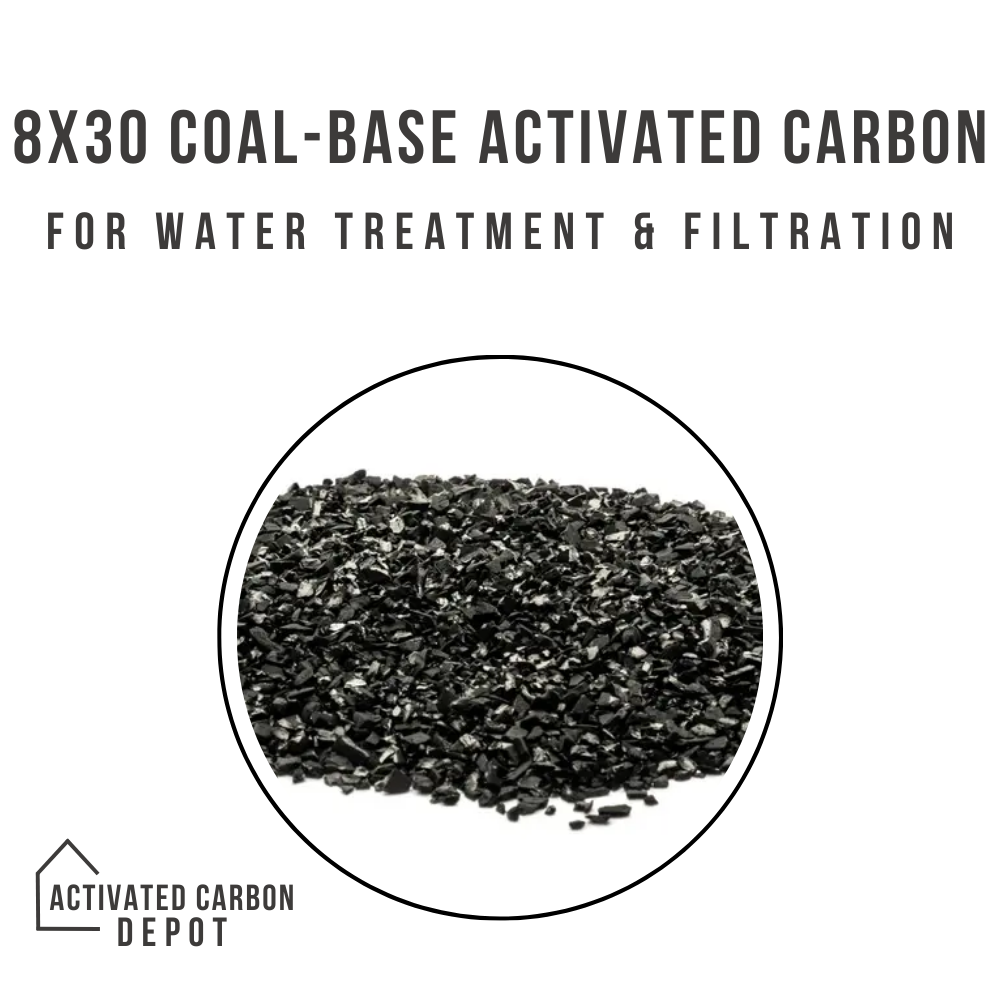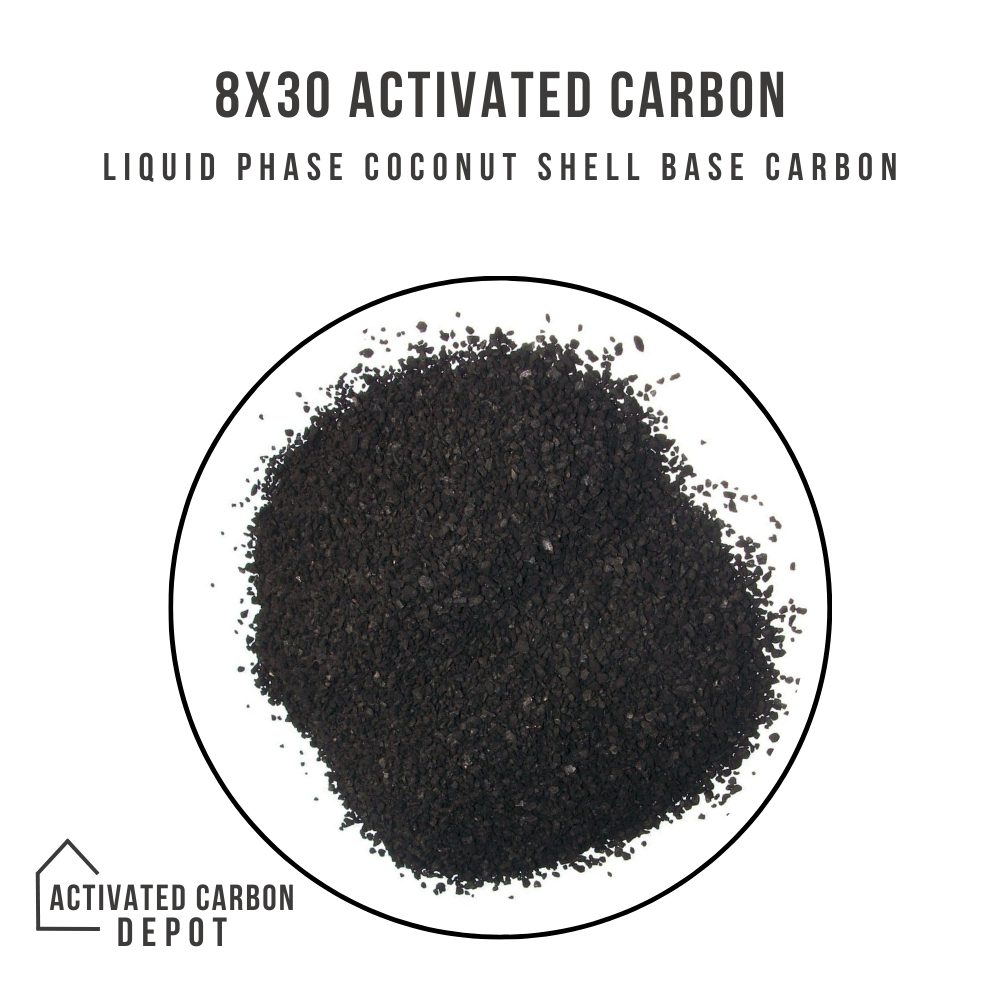Activated carbon is one of the most versatile and widely used filtration media, known for its incredible adsorptive properties. These properties are directly linked to its surface area and pore structure, which together determine how effectively the carbon can capture and hold contaminants. In this article, we'll explore what surface area and pore size mean, how they impact performance, and why they matter in selecting the right type of activated carbon for different applications.
What is Surface Area in Activated Carbon?
Surface area refers to the total area available on the surface of activated carbon particles for adsorption. Due to its porous structure, activated carbon can have a surface area ranging from 500 to 2000 square meters per gram.
Why it matters:
-
A higher surface area means more sites are available for trapping contaminants.
-
The more extensive the surface, the greater the capacity to remove pollutants from liquids or gases.
Measurement:
-
Surface area is typically measured using the Brunauer-Emmett-Teller (BET) method, which analyzes how much nitrogen gas adheres to the surface of the carbon sample.
What is Pore Size?
Pores in activated carbon are tiny openings that allow contaminants to enter and adhere to internal surfaces. These pores are categorized based on their diameter:
-
Micropores (<2 nm): Capture small molecules such as gases and low molecular weight organics.
-
Mesopores (2–50 nm): Useful for adsorbing larger organic molecules like dyes and VOCs.
-
Macropores (>50 nm): Serve as transport channels that guide contaminants to smaller pores.
Why it matters:
-
Pore size determines the type and size of molecules that can be effectively adsorbed.
-
Different applications require different pore structures based on the nature of the contaminants.
How Surface Area and Pore Size Work Together
High surface area alone isn't enough—it's the combination of surface area and appropriately sized pores that allows activated carbon to be highly effective.
Example Use Cases:
-
Air Purification: Requires a mix of micropores and mesopores to capture VOCs and odors.
-
Water Filtration: Benefits from mesopores for organic contaminants and micropores for chlorine and chloramine.
-
Industrial Processes: Tailored pore structures enhance removal of specific solvents, metals, or hydrocarbons.
Selecting the Right Activated Carbon
When choosing activated carbon for a specific application, consider the following:
-
Nature of Contaminants: Are they large molecules, gases, or dissolved organics?
-
Flow Rates: Higher flow systems may benefit from larger pores to reduce pressure drop.
-
Contact Time: Microporous carbons may require longer contact time to achieve effective adsorption.
-
Form of Carbon: Powdered, granular, or extruded forms offer different combinations of surface area and pore accessibility.
Conclusion
Understanding the relationship between surface area and pore size is essential when selecting activated carbon for filtration. These characteristics define the carbon's ability to trap and hold various contaminants, from tiny gas molecules to larger organic compounds. By matching the surface area and pore distribution to your specific filtration needs, you can maximize efficiency and effectiveness in any application.

